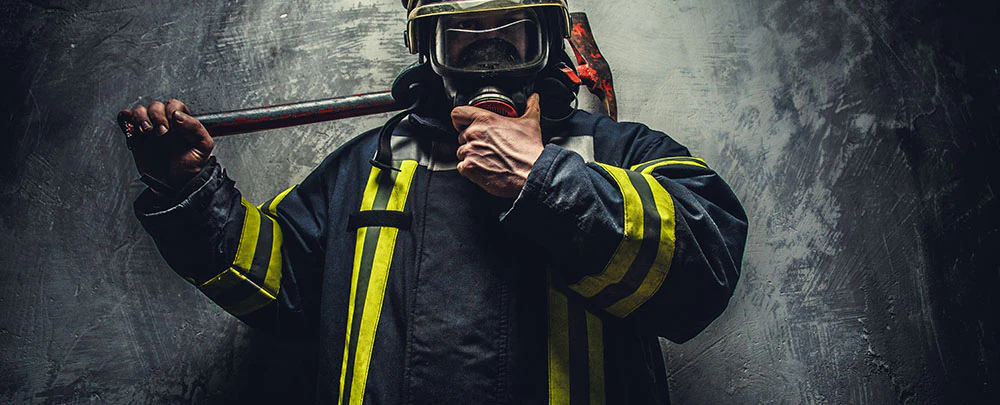Having the right protective workwear is crucial for staying safe on the job. A complete work uniform includes all the necessary personal protective equipment (PPE) to shield you from workplace hazards. Follow these tips to help assemble a protective outfit that meets all safety requirements for your industry.
Choose Appropriate Work Boots
Your footwear is the foundation of any protective work gear. Select sturdy boots with slip-resistant soles and toe protection. Make sure they are rated for electrical hazards if that is a risk in your occupation. The boots should cover and support your ankles as well. For wet conditions, choose waterproof materials. Proper fit is key – boots that are too loose or too tight can lead to trips and falls.
Select Suitable Work Trousers
Your trousers should be made of durable fabric able to withstand dirt, abrasions and tearing on the job site. Look for reinforced knees if you will be kneeling. Trousers should not be too baggy or long – excess material can get caught in machinery. Flame-resistant materials are ideal for protection from sparks or extreme heat. Reflective striping improves visibility. Cargo pockets provide storage space for small tools.
Choose High Visibility Outer Layers
A high visibility vest, jacket or shirt ensures you remain easily seen by moving equipment and vehicles on the work site. Look for bright colours like neon yellow, orange or green as well as reflective materials. Make sure the clothing covers your torso, fits comfortably and allows full range of motion. Select fade and wrinkle-resistant fabrics that can handle industrial laundering.
Wear Cut Resistant Gloves
Protect your hands from cuts, punctures, burns and abrasions by wearing durable work gloves. Leather, Kevlar and other reinforced fabrics provide the highest levels of cut resistance. Coated gloves offer grip and protection from oils and liquids. For electrical work, wear thick rubber-insulated gloves. Fit is important for optimal dexterity and safety.
Use Head and Face Protection
A hard hat or bump cap shields your head from falling or flying objects. Look for models with ratchet adjustment systems to ensure a secure fit. Integrated visors provide additional protection from glare, sparks and debris. Use earmuffs or earplugs to prevent hearing damage from machinery noise. Safety goggles keep your eyes shielded from dust and chemicals. A face shield offers full face protection when needed.
Check Respiratory Safety
Make sure you have the right respiratory protection for potential airborne hazards on the job. While disposable masks filter out particulates, cartridge respirators with the correct filters protect against gases and vapours. Use an N95 or greater mask rated for a tight facial fit if air quality is a concern. Those with beards may require a hood or helmet-type respirator.
Assess Electrical Risks
Look for non-conductive suits and boots if you work with live electrical equipment. Rubber and neoprene materials provide insulation. Arc flash protective clothing such as fire-retardant shirts, trousers and coveralls resist burning and melting for electrical flash fire hazards. Assess your potential electrical risks before selecting gear.
Inspect Gear Before Each Use
Inspect all your protective wear thoroughly before each use. Look for rips, holes, fraying, dents or other signs of damage or excessive wear. Make sure reflective materials are still highly visible. Confirm that all closures and adjustments are working properly. Do not use gear with compromised integrity – replace it. Report any defective PPE to your supervisor immediately.
Following these tips will help you assemble a complete protective work uniform tailored to your unique on-the-job hazards. Prioritising safety by consistently wearing appropriate personal protective equipment keeps you injury-free and productive at work. Periodically reassess your work gear as hazards evolve to ensure you stay completely protected.


